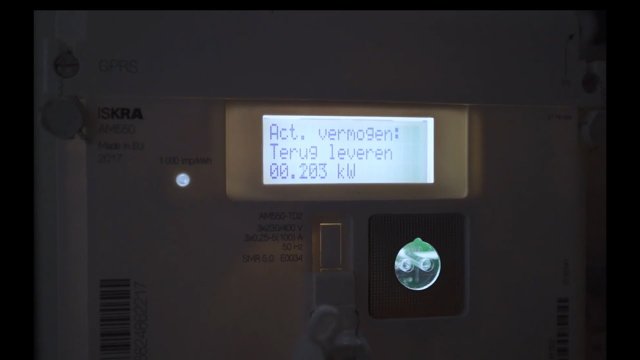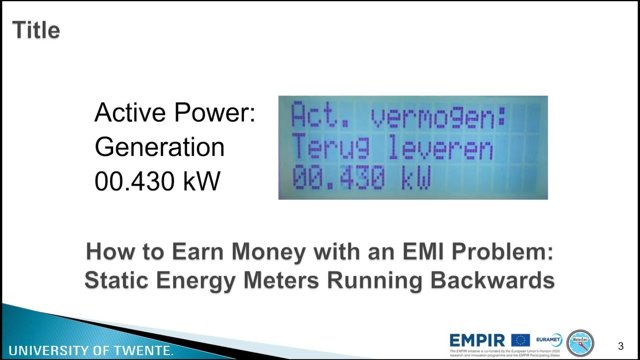Smart Meters Running Backwards
A Dutch written article about this study can be seen on the "engineersonline" blog.
The latest results within the MeterEMI project, published by the University of Twente, have shown an interference case in a household situation resulting in a perceived power generation by a smart meter. This perceived power generation has occured in a house in the Netherlands with no power generating equipment such as solar panels, wind mills or any other. The peculiar situation took place after installing a remote controlled COTS (commercial off the shelf) on-off switch behind a television set, which was used to turn the television set completely off, reducing energy leakage coming from the standby mode. During the time the television set was switch on, the total household consumption dropped significantly and even reached negative values, thus "generating" power! The consumption of this household, visualized using the Dutch platform "www.slimmemeterportal.nl", can be seen in Fig. 1.
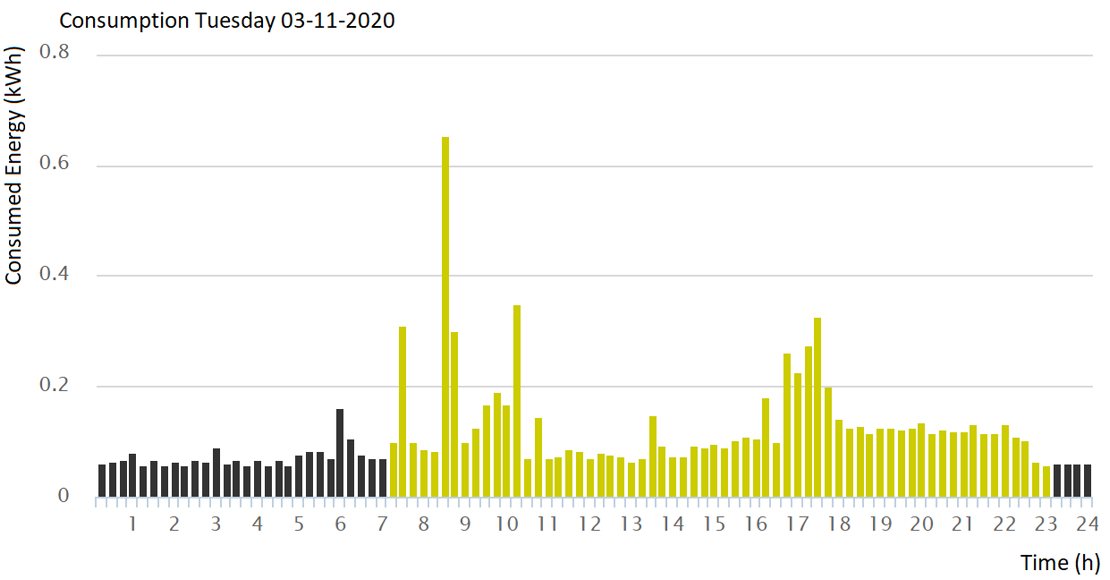
Fig. 1(a): Initial, normal, energy consumption of a household in the Netherlands.
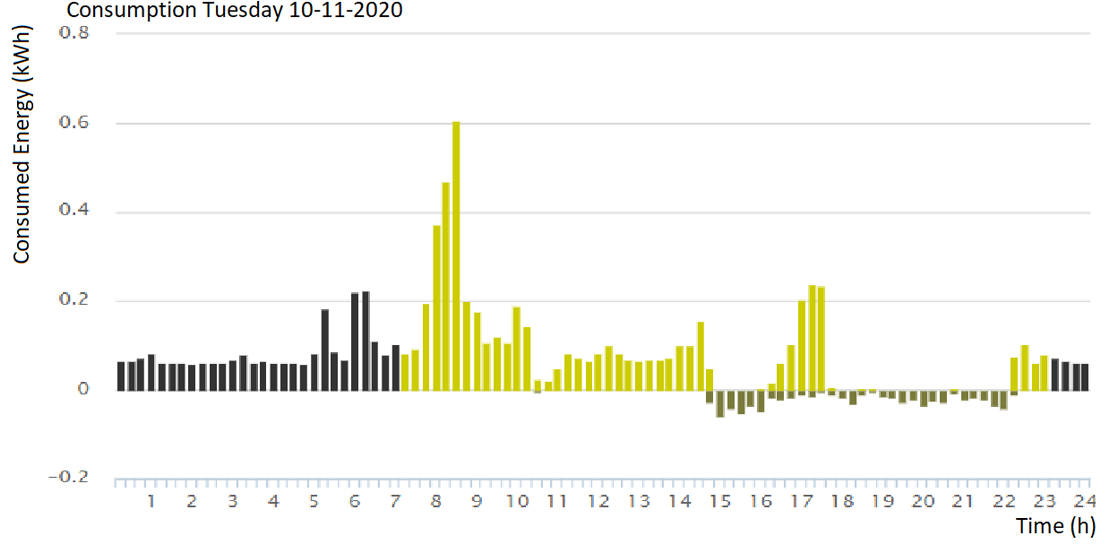
Fig. 1(b): Inconsistent lower energy consumption in the same household, when connecting a COTS on-off switch to the television set.
In Fig. 1(a) the normal consumption can be seen where the black data corresponds to off peak hours and the yellow data to peak hours. It shows a constant consumption of around 250 W which is present 24/7 due to water pumps in a pond, but no other out of the ordinary energy consumption is visible. In Fig. 1(b) the consumption in the same household can be seen one week later when using the aforementioned COTS on-off switch, where clear gaps can be seen between 15:00 and 16:00 and between 18:00 and 22:00. At these moments the television was turned on and the installed smart meter's instantaneous power reported a power generation, which has even been seen to go up to 430 W, Fig. 2. Having this connected for the entire day would counteract the total consumption of an average household and could even "generate" energy, and thus generate money for the consumer. The installed smart meter was manufactured in 2017, and is thus compliant with the updated test standard IEC 61000-4-19 in 2014 [1].

Fig. 2: Observed instantaneous power ("Act. vermogen") from a smart meter showing power being generated ("Terug leveren") in a household without power generating equipment, such as solar panels.
The remote controlled on-off switch and the television set were brought to the Smart Meter Lab of the Power Electronics and Electromagnetic Compatibility (PE) group at the University of Twente. In this lab the situation has been recreated and the measurement has been repeated in a controlled lab environment for 24 static energy meters representing the installed base of the Netherlands, seen in Fig. 3. In the lab the same smart meter is present as found in the household, but manufactured in 2019. For this smart meter and some other meters, the in-situ observations have been confirmed and validated. Here it was also found that the on-off switch includes a dimming functionality, even though the salesperson told the consumer it could also be used solely for turning equipment on and off. This dimming functionality together with the switched-mode power supply inside the television set resulted in extreme current peaks interfering with the smart meter. In the lab it was also found that depending on the setting of the dimmer this combination could result in a perceived energy generation (as was found in the household) or a much higher erroneous perceived energy usage. The study described above has been presented during the 2021 Joint IEEE International Symposium on Electromagnetic Compatibility, Signal & Power Integrity, and EMC Europe conference, the results and a detailed technical description of this study can be found here [2]. For more information on the MeterEMI project please click here. The presentation presented at the conference can be seen in the video below.
For contact information: pe-eemcs@utwente.nl
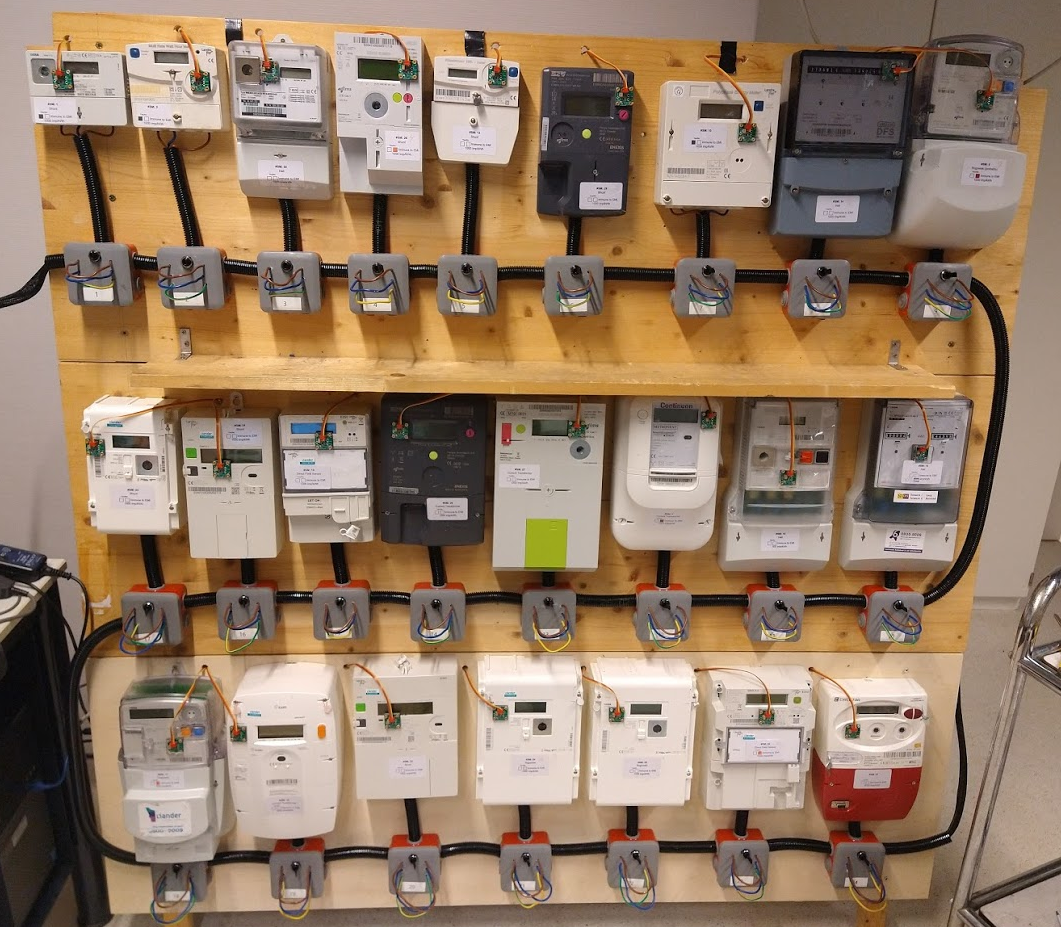
Fig. 3: 24 static energy meters representing the installed base of the Netherlands.
[1] Electromagnetic Compatibility (EMC) - Part 4-19: Testing and measurement techniques – Test for immunity to conducted, differential mode disturbances and signalling in the frequency range from 2 kHz to 150 kHz, at a.c. power port, IEC 61000-4-19 Std., 2014.
Participating PE Members
Project Partners
- NPL Management Limited
- Cesky Metrologicky Institute
- Justervesenet
- Eidgenössisches Institu für Metrologie METAS
- VSL B.V.
- Universitat Politècnica de Catalunya

